The network of funders investing in nature-based solutions is not wide enough to address the extent of the environmental challenges that our world currently faces.
Historically, there has been muted interest from private investors in this area because environmental protection has not been known to provide high returns on investment when using traditional financial models.
Sustainability financing offers a new path forward, by innovating new financial mechanisms that are as economically fruitful for investors as they are environmentally beneficial for the planet.
Through Indigenous sustainability financing, we’re walking this path in a way that addresses Indigenous needs while drawing on their generations of climate leadership.
As an emerging field, Indigenous sustainability financing presents a massive window of opportunity for early, leading-edge investment and to set new global standards and best practices.
By attracting new donors interested in economic return, we can also free up the limited (yet growing) public, private and philanthropic funding streams for environmental projects that are not appropriate for revenue-generating.
What do we mean by Indigenous sustainability financing?
Traditionally, funding and investments have focused solely on financial returns. Sustainability financing, on the other hand, funds nature-based projects that not only generate economic returns for investors, but also environmental returns for the planet and its people.
When we talk about Indigenous sustainability financing, we’re talking about the mechanisms to fund Indigenous-led nature-based solutions.
Sustainability financing has also been identified as a core component of the Global Biodiversity Framework.
What are some examples of sustainability financing?
Beyond grants, subsidies and other dependency models, there are many existing examples of sustainability financing in public, private and philanthropic contexts, which vary across nature-based sectors.
- Biodiversity credits: Credits that are purchased to improve biodiversity outcomes.
- Voluntary offsets, such as carbon offsets: Like a credit, but it is voluntarily purchased to address (“offset”) damage already caused or expected to be caused.
- Conservation trust funds: Large-scale and sustained funding for a specific conservation objective.
- Project finance for permanence: A public-private partnership for long-term funding, where public funding steps in after the initial private investment is spent.
- Conservation impact bonds: Privately-invested performance bonds, where payment is only provided if the conservation goals are achieved.
- Revolving funds: Similar to a loan, but one in which assets provide upfront investment for projects meeting specific environmental objectives, which will be paid back through longer-term cost savings.
How does sustainability financing generate financial returns?
- Avoided costs of continued environmental harm
- Interest from loans and revolving funds through revenue generated from an environmental project
- Direct revenue from offsets or credits
- Shareholder (or similar) revenue from a produced commodity or thematic fund
How does Indigenous-led sustainability financing mitigate the uncertainty in US-Canada economic and political relations?
Indigenous conservation methodologies have been proven for millenia–and the consensus worldwide is that they’re global best practices. This longstanding grounding of knowledge has, and will continue to, provide resistance against political shifts, economic uncertainty and unproven methodologies of conservation.
In the face of political winds of change, Indigenous Nations can provide consistency and authority when it comes to conservation solutions. If we invest in Indigenous Nations, we’re investing in greater stability with more successful results for the planet. And that’s better for all of us.
Plus, Indigenous nature-based solutions, even at the local level, are grounded in a Turtle Island or global approach. They recognize that planetary solutions transcend borders. This interconnectedness remains true regardless of who holds elected office. For generations, conservation strategies have operated in this way, meaning that Indigenous leadership, knowledge and principles are already well-versed at mitigating the risks posed by national economics or politics.

